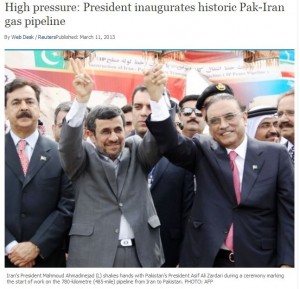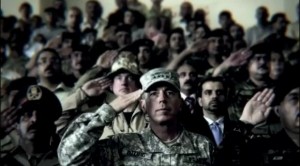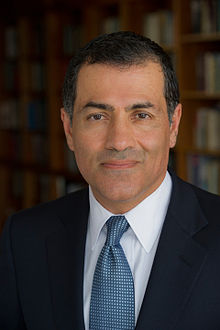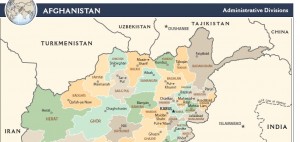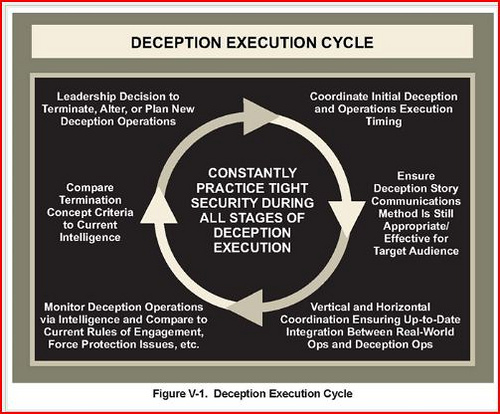No SOFA? Then Transition Death Squad Control from Special Operations to CIA
A little over a year ago, Greg Miller outlined what he said would be the CIA’s roles in Iraq and Afghanistan in the near future. It appears now that he was only half right:
The CIA is expected to maintain a large clandestine presence in Iraq and Afghanistan long after the departure of conventional U.S. troops as part of a plan by the Obama administration to rely on a combination of spies and Special Operations forces to protect U.S. interests in the two longtime war zones, U.S. officials said.
/snip/
The withdrawal of U.S. forces from Iraq in December has moved the CIA’s emphasis there toward more traditional espionage — monitoring developments in the increasingly antagonistic government, seeking to suppress al-Qaeda’s affiliate in the country and countering the influence of Iran.
In Afghanistan, the CIA is expected to have a more aggressively operational role. U.S. officials said the agency’s paramilitary capabilities are seen as tools for keeping the Taliban off balance, protecting the government in Kabul and preserving access to Afghan airstrips that enable armed CIA drones to hunt al-Qaeda remnants in Pakistan.
Note that bit about the US withdrawing all of its troops from Iraq in December of 2011. The full withdrawal of course wasn’t what the US intended, but was a result of the botched negotiations for a Status of Forces Agreement that would confer immunity to US troops who remained behind in Iraq after the official “withdrawal”. A significant portion of those troops that would have been left behind would have been Special Operations Forces to train and control counterinsurgency militia groups. We were reminded just last week that these groups in Iraq were responsible for so many atrocities that they became known as death squads. As I pointed out, Petraeus’ counterinsurgency program in Afghanistan was built in the same way.
We have a report today in the Wall Street Journal that shows Miller’s prediction of “espionage only” for the CIA’s role in Iraq was wrong, as militias formerly trained and run by Special Operations Forces are now under CIA control (h/t to Joanne Leon for tweeting me a link to this article):
In a series of secret decisions from 2011 to late 2012, the White House directed the CIA to provide support to Iraq’s Counterterrorism Service, or CTS, a force that reports directly to Iraqi Prime Minister Nouri al-Maliki, officials said.
The CIA has since ramped up its work with the CTS—taking control of a mission long run by the U.S. military, according to administration and defense officials. For years, U.S. special-operations forces worked with CTS against al Qaeda in Iraq. But the military’s role has dwindled since U.S. troops pulled out of the country at the end of 2011.
In Afghanistan, it turns out that the CIA trained its own secret militia very soon after arriving there. Kimberly Dozier and Adam Goldman described the CIA’s Afghan militia back in 2010: Read more →

